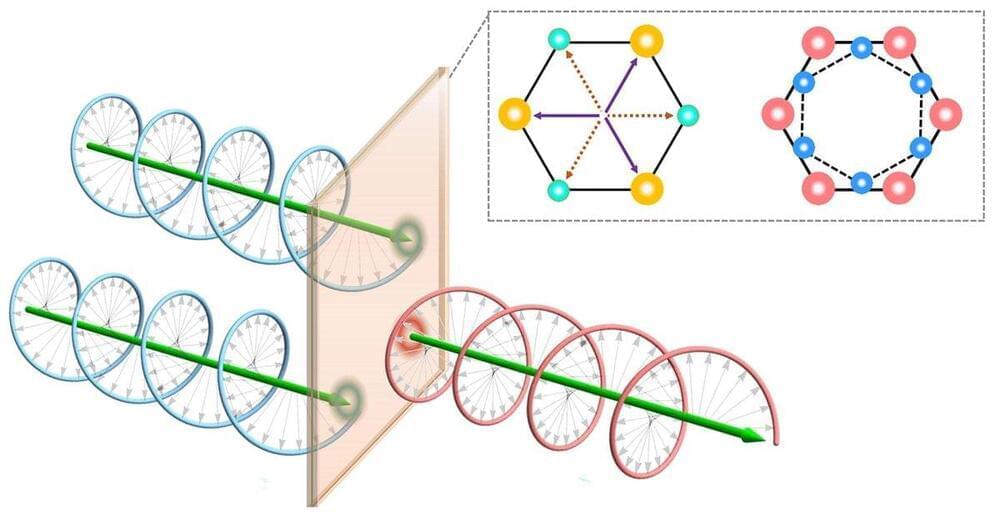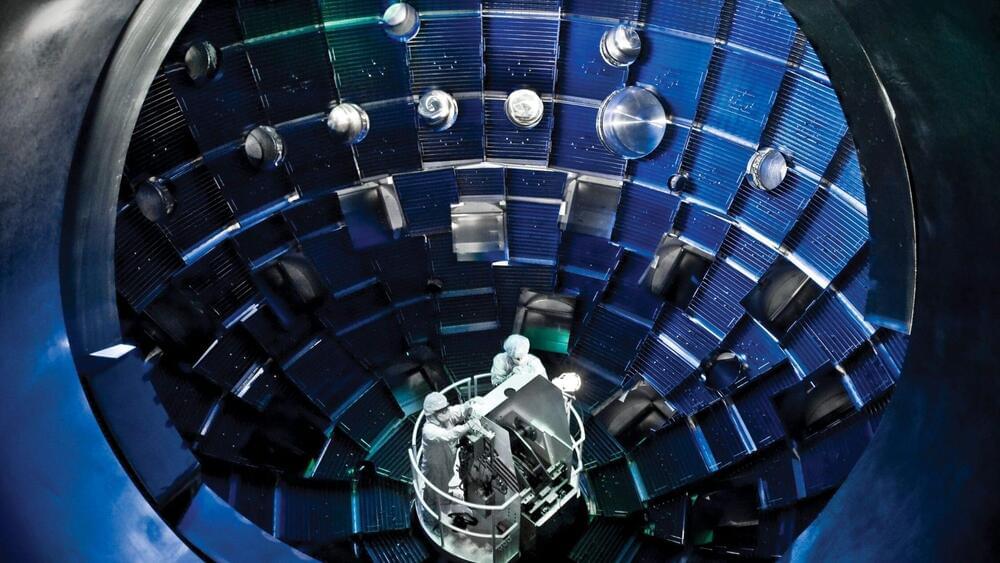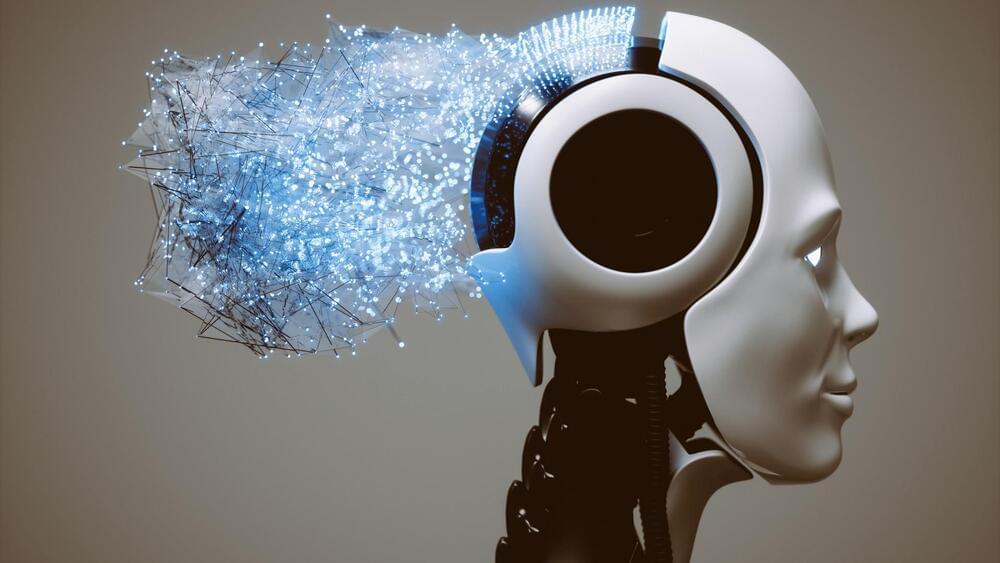By using light waves that essentially spiral through space like corkscrews, optical logic gates can run one million times faster than their electronic counterparts, advancing the cause for ultra-fast, light-based computing, a new study finds.
Even guardians of America’s atomic clocks say time doesn’t work the way we think it does.
The United Kingdom government has announced that Virgin Atlantic will fly a historic net zero London-New York flight in 2023.
“For decades, flying from London to New York has symbolized aviation’s ability to connect people and drive international progress. It’s now going to be at the forefront of cutting carbon emissions from flying,” said British transport secretary Mark Harper.
“Not only will this flight pave the way for future generations, but it will demonstrate just how much we can achieve when we work together on a shared goal — bringing together some of the best businesses and academics in the world and led by a British airline.”
Rolls-Royce Trent 1,000 engines will power the airline’s flagship Boeing 787s as they fly from London Heathrow to New York.
Full Story:
Boarding1Now/iStock.
AI is used by the robotic solution to swiftly adapt to all types of blades used in the sector.
Danish energy solutions provider Vestas has unveiled BladeRobots as a stand-alone business with an automated robotic technology solution for the maintenance of wind turbines.
The robot performs automated blade-leading edge maintenance up to “four times faster” than traditional manual methods, according to a press release by the company published on Wednesday.
At number 15 on IE’s 22 best innovations of 2022, we take a look back at Qatar’s Stadium 974.
Qatar has built or refurbished eight stadiums for the 2022 FIFA World Cup, and they have all been equipped with technology to keep players and fans cool in the Qatari heat.
Stadium 974 was built in Qatar and is named after the nation’s dialing code and the number of ocean shipping containers that were utilized in its construction.
Ibrahim Can/Interesting Engineering.
One of the eight stadiums that is sure to blow our minds is Stadium 974, designed and built with the intention of removal after the event. This radical idea stemmed from Fenwick Iribarren Architects, in association with Schlaich Bergermann Partners and Hilson Moran.
So far the mission has produced information on Io, Ganymede and Europa.
NASA’s Juno mission already brought us much data on the moons Ganymede and Europa. Now, according to a press release by the agency published on Wednesday, the spacecraft is exploring one more of Jupiter’s moons: Io. Io is notably the most volcanic place in the solar system.
Going beyond studying a planet.
Dottedhippo/iStock.
The mission obtained images of the Jovian moon Io on Thursday as part of its ongoing exploration of Jupiter’s many distinct moons. However, this data has yet to be publicly released.
This does not bode well for eco-friendly renewables.
Last month, Europe supported a call by India to phase down fossil fuel use as part of a COP27 deal. Now, partially due to the Russian-Ukrainian war, it seems to be changing its mind.
These projects amount to total investments of more than NOK 200 billion (around $20.
Aker BP
Norway’s oil and gas company Aker BP and its partners announced on Friday that it has submitted a plan for installation and operation and ten plans for the development and operation of oil and gas projects to the Norwegian Ministry of Petroleum and Energy (MPE), according to a press release by the firm.
U.S. Department of Energy.
The U.S. Department of Energy said on December 13, 2022, that for the first time – and after several decades of trying – scientists have managed to get more energy out of the process than they had to put in.
After all, the AI chatbot seems to be slaying a great deal of search engine responses.
ChatGPT is the latest and most impressive artificially intelligent chatbot yet. It was released two weeks ago, and in just five days hit a million users. It’s being used so much that its servers have reached capacity several times.
But what if we never know the secret sauce behind ChatGPT’s capabilities?
Imaginima/iStock.
OpenAI, the company that developed it, is already being discussed as a potential Google slayer. Why look up something on a search engine when ChatGPT can write a whole paragraph explaining the answer? (There’s even a Chrome extension that lets you do both, side by side.)
Building a wind power operation that can thrive in icy conditions requires a keen understanding of the underlying physics.
Winter is supposed to be the best season for wind power — the winds are more potent, and since air density increases as the temperature drops, more force is pushing on the blades. But winter also comes with a problem: freezing weather.
Frequent severe icing can cut a wind farm’s annual energy production by over 20 percent, costing the industry hundreds of millions.
Piola666/iStock.
Even light icing can produce enough surface roughness on wind turbine blades to reduce their aerodynamic efficiency, which reduces the amount of power they can produce, as Texas experienced in February.









